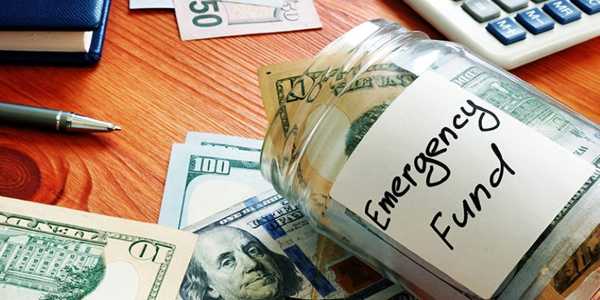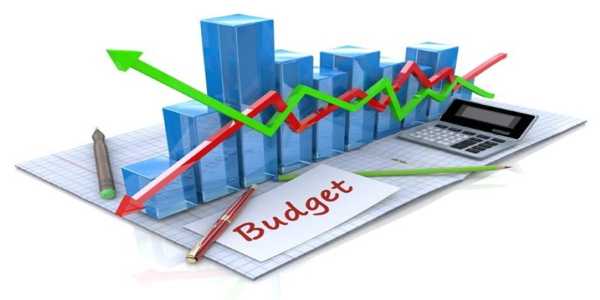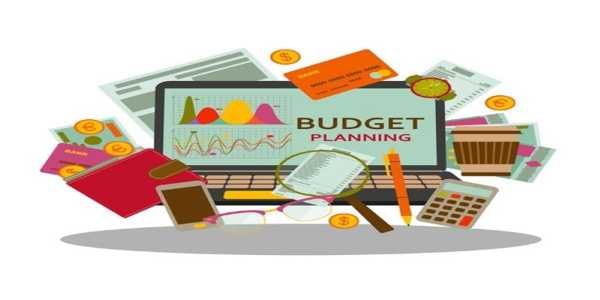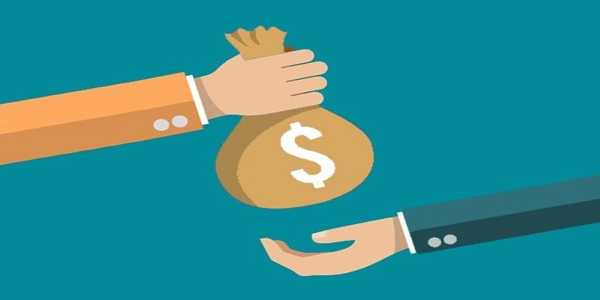How To Spot A Stock Market Bubble (Before It Pops)
A stock market bubble occurs when stock prices rise significantly above their intrinsic value. This rise is not due to companies earning more or performing better, but rather because many people are buying stocks too quickly and without a good reason. They often do this because they fear missing out. These bubbles can grow big, but they always burst at some point. When they pop, many people lose money, especially those who bought at the top. The signs are often clear, but many ignore them.
Price-To-Earnings Ratios Go Wild
When everyone starts talking about stocks—even those who never cared before—that's one big clue. Stocks become the new "hot topic." You'll hear stories about a friend or neighbour who made money overnight. Some will borrow money to buy more. It starts to feel like free cash is floating around. But that feeling is fake.
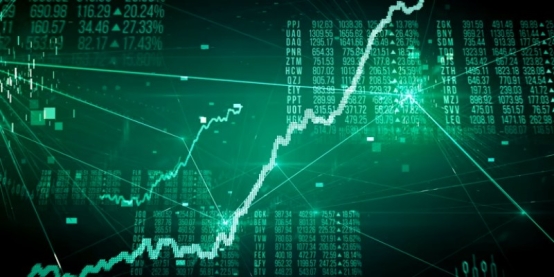
One way to determine if a bubble is forming is to examine the price-to-earnings ratio (P/E ratio). This indicates the amount investors are willing to pay for each dollar of a company's earnings. Typically, a fair P/E ratio ranges from 15 to 25. However, during a bubble, it can rise far above that.
For example, during the dot-com bubble of the late 1990s, the P/E ratios of tech companies exceeded 100. People were not thinking about profits. They believed prices would continue to rise. But they didn't.
To keep an eye on this, follow the average P/E ratio for major stock indexes, such as the S&P 500, which is often used as a guide. When this number starts to rise too fast, take a step back.
Sudden Spike In Public Interest
When too many people jump into the market at once, it's usually not a good sign. This includes new investors who are unfamiliar with how the stock market operates. They often chase what's trendy.
If you notice a sharp increase in new trading accounts or see people on social media bragging about their profits daily, pay attention. These are signs that emotions—not logic—are driving the market.
Even large news platforms may start reporting stories that sound like hype. Stocks that few people talked about before suddenly become the centre of attention. Stock prices grow because of attention, not value.
According to CNBC, during the 2020 stock boom, apps like Robinhood experienced record downloads, and millions of people began trading stocks with little to no experience. This led to significant price fluctuations in certain shares, such as GameStop and AMC, illustrating how rapidly bubbles can form today.
Too Much Debt And Margin Trading
During bubbles, investors often use margin trading to buy more stocks. This means they borrow money to buy shares, hoping to sell them later at a higher price. However, if prices drop, they must repay the money, even if they lose a significant amount.
This adds pressure to the market. When prices fall even a little, many investors start selling at once, trying to cut their losses. This causes prices to drop even more, leading to panic.
Debt-fueled bubbles are dangerous because losses multiply quickly. The more people use borrowed money to invest, the harder the fall when the bubble bursts.
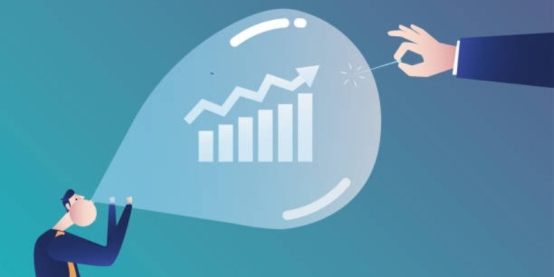
To identify this, track the amount of margin debt being used in the market. According to the Financial Industry Regulatory Authority, high levels of margin debt often precede a significant market correction.
Everyone Thinks It’s Different This Time
One of the biggest red flags is when people say, "This time is different." They try to explain why the market will not crash, despite prices rising rapidly. They might point to new technology, new rules, or changes in the economy.
But in most cases, it is not different. People have said this before every major crash. They said it before the Great Depression. They said it before the 2008 housing crisis. It was never true.
Markets go up and down. Prices always return to their real value in the end. When too many people believe that a crash cannot happen, the danger grows.
Overvalued Companies With No Profits
Another way to spot a bubble is to examine companies that have high stock prices but no actual profits. Investors keep buying their shares just because they "believe" in the future, not because of facts.
During the dot-com bubble, many internet companies went public without a working business model. People bought shares simply because the word “internet” was in the name. Most of those companies failed.
Even today, some stocks trade at extremely high prices without generating a profit. If too many of these stocks become popular, the market could be heading toward another pop.
A good tip is to ask: "Would I buy this stock if no one else were talking about it?" If the answer is no, then you may be chasing hype.
Watch Insider Behaviour
Company insiders—such as CEOs and other top managers—often possess more accurate information about the actual state of the business. If they start selling significant amounts of their own company's shares while the public is still buying, take that as a warning sign.
Insider selling during a market boom often indicates that they don't believe the price is genuine. They are cashing out before the fall. This is public information and can be tracked through filings on sites such as the U.S. Securities and Exchange Commission (SEC).

Hype Around One Sector
Bubbles often grow in one part of the market, not all of it. In the 2000s, it was tech. In 2008, it was housing. In recent years, some have observed that the hype surrounding cryptocurrencies and electric vehicles is reaching bubble-like levels.
When all the excitement is focused on one group of stocks, and their prices rise too quickly without solid earnings, a correction is likely.
Look at how quickly the top stocks in that sector rose. Were they based on good business results or just future hopes? Growth based only on hope rarely lasts.
Signs You Should Not Ignore
If the stock market shows many of these signs at once, it could be close to the top. These warning signs include:
Unusually high P/E ratios across the board
Large numbers of new and inexperienced investors
Stock tips from random sources like influencers or drivers
More people are taking loans to invest
Sharp growth in companies with no clear profits
Many believe the market can't fall
Key insiders are selling their shares
Heavy focus on a single hot sector
It is not always easy to tell when the bubble will pop. Some bubbles grow for months or years. But the more signs you see, the more careful you should be.
Staying Smart During a Bubble
To stay safe, focus on what is real. Look at company earnings, cash flow, and long-term potential. Do not buy just because prices are rising fast. Also, avoid debt when investing. Once a bubble pops, those who used loans to invest often lose the most.
History has shown that markets rise and fall. No bull market lasts forever. What matters most is not guessing the top but avoiding the fall.

